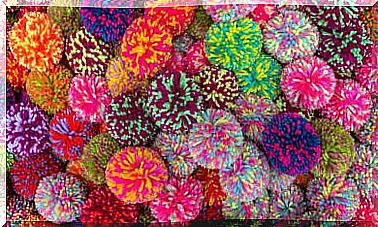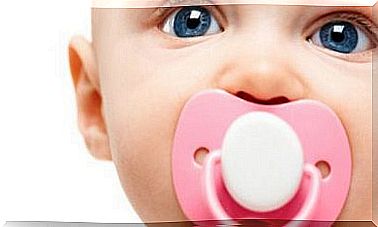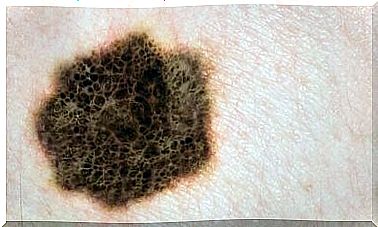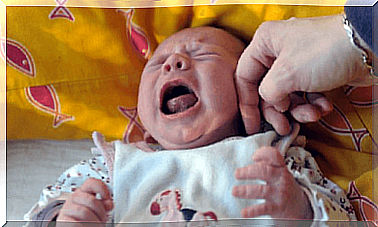Scabies In Infants: Symptoms, Causes And Treatment
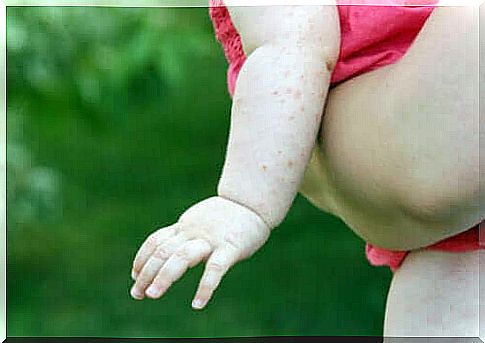
Scabies in infants is a very common and contagious skin disease. Although it can affect anyone of any age, infants are particularly prone to it.
Those who live in cramped or substandard conditions are more likely to become infected because there is more contact between people. In fact, older and younger children are more likely to suffer from scabies because of their dependence on others for hygiene care.
Causes of scabies in infants
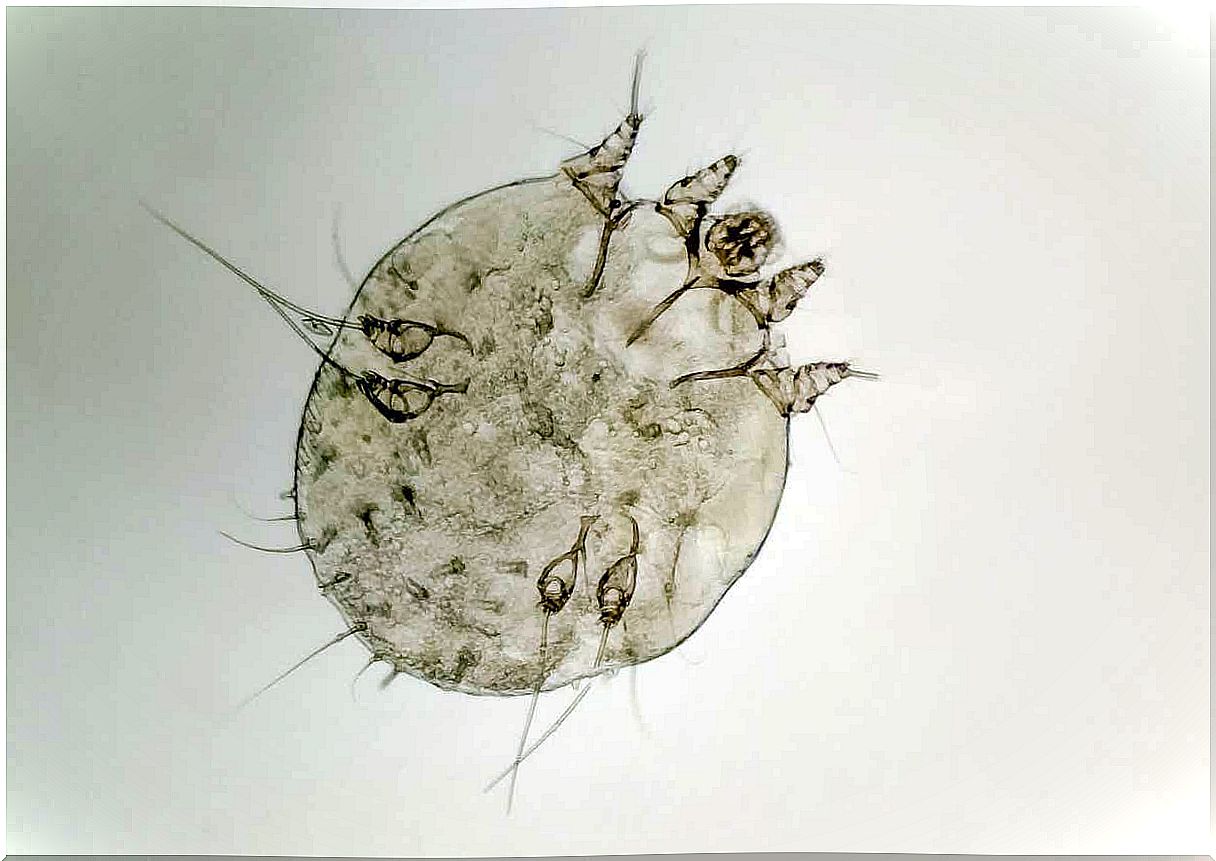
This parasite digs and invades the most superficial layer of the skin (epidermis) that forms a pink “tunnel”. Once there, it lays eggs that will soon develop into larvae and later into new adults.
Infants’ skin is thinner than that of adults and is usually more exposed to external factors. For this reason , scabies at this age usually manifests itself with major complications, for example through blisters or bubble-filled bubbles.
This infection is highly contagious, as skin-to-skin contact between humans is sufficient for the parasite to adopt a new host. Although we can see scabies at any age, it is more common among children and infants in kindergartens or preschools.
Symptoms of scabies in infants
The first signs of a mite infection are usually the majority of small, red, rashes with crusts on the feet and hands that can mimic insect bites or pimples.
In addition, one of the most important clinical manifestations is predominantly nocturnal pruritus caused by an allergic reaction of the immune system to the presence of mites and eggs.
Although itching can occur all over the body, the most common sites of scabies in infants include:
- palms and soles of the feet
- head and neck
- legs and arms.
The biggest problem with scabies in infants is that the itching can damage the skin and cause it to become over-infected with bacteria. Therefore, infants are more likely to develop blisters, scabs and spills than older children or adults.
Scabies is transmitted through physical contact with an infected person. The greater the exposure, the greater the risk of infection.
How does a doctor diagnose scabies?
According to a publication in the journal Pediatric Dermatology , the characteristic and distinct rash of scabies is the “tunnel” or “cavity”. This damage is so small and subtle that it is often difficult to detect.
In most cases, you can observe a thin line, within which you can see the mite as a small black spot.
Dermatoscopy is very useful in the doctor’s office to locate the cavities on the skin surface. In turn, a scraping of the skin allows doctors to examine the presence of mites, feces or eggs of this parasite under a microscope.
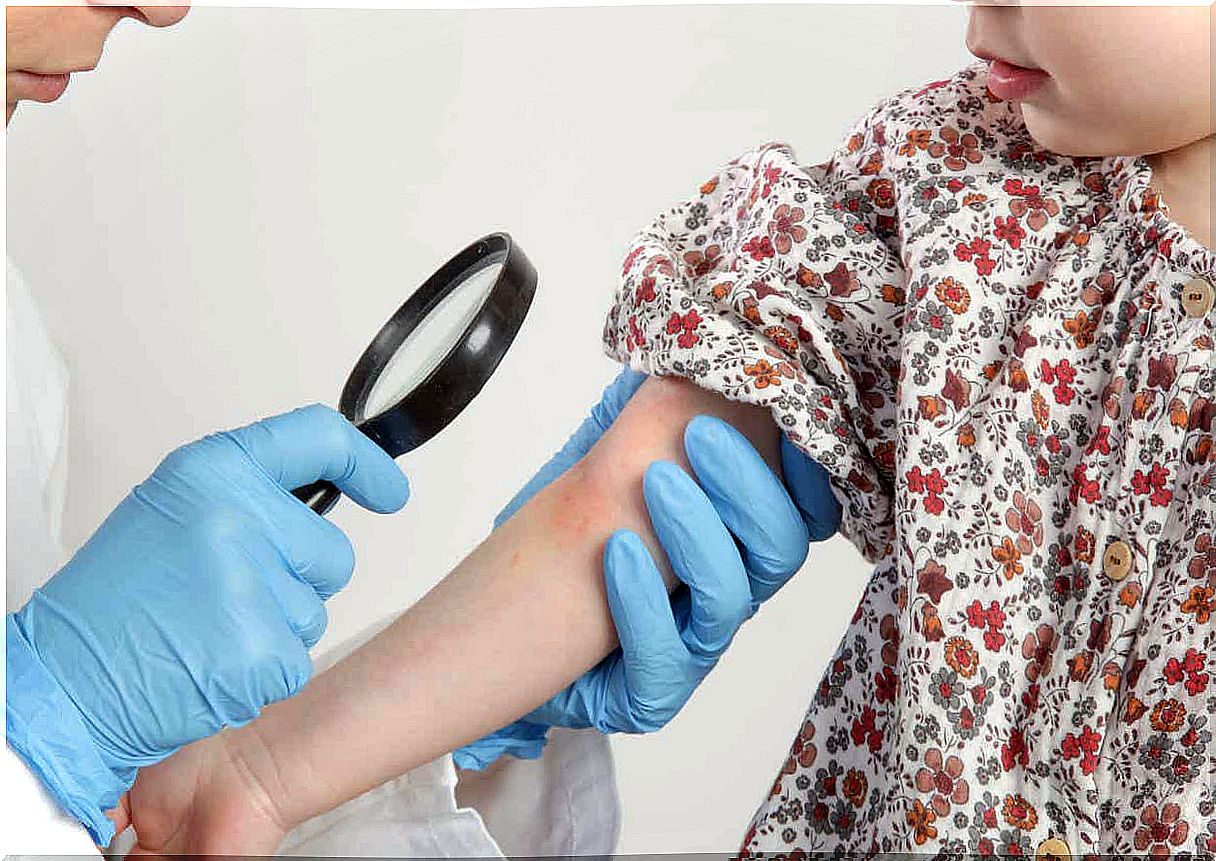
Therapeutic options for scabies in infants
The first-line treatment for scabies in infants is ointments that kill the causative parasite. In addition, Calamine lotion can be used to soothe the itching.
Permethrin
Permethrin 5% is one of the treatments that doctors recommend most due to its low toxicity. You should apply it at night and rinse it off in the morning. After one week, you should repeat this procedure.
When lotions, creams or ointments are used topically, the following indications should be respected:
- Apply to the entire skin surface, from the neck down (including the face).
- Spread the medicine under the nails and toenails.
- Do not forget to apply it in all body folds (navel, between the fingers and gluteal folds).
Lindane
Lindane 1% is often widely prescribed due to its easy availability. However, due to potential neurotoxicity in young children after repeated applications, its use has been limited.
Sulfur ointment
This is applied directly to the skin for three nights in a row and should be rinsed off 24 hours after the last application. Due to its safety, this is the best option for infants and pregnant women.
Hygienic steps
While scabies requires prescription drugs to stop the infection, there are steps you can take to prevent relapse.
- Vacuum all furniture and carpets and then dispose of the vacuum bags.
- Mites are parasites that cannot survive outside the human body for more than 2 or 3 days. Therefore, you should wash all bedding, towels and your baby’s clothes in warm water as soon as possible.
Household residents and anyone who has had long-term contact with the infected child should also seek treatment from their respective doctor.
The prognosis for scabies in infants
Despite proper treatment, the signs and symptoms may persist for a few weeks before disappearing completely.
A good prognosis for this type of infection is linked to the management and treatment of the patient and their close contacts.
